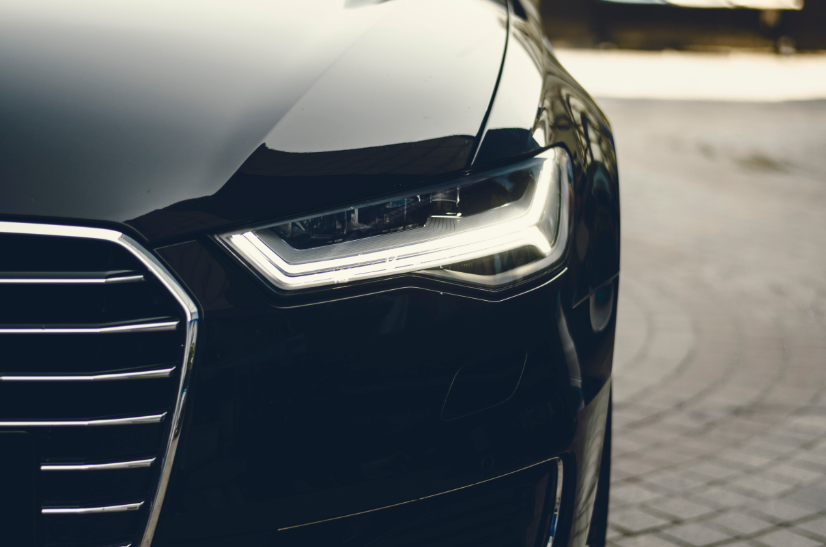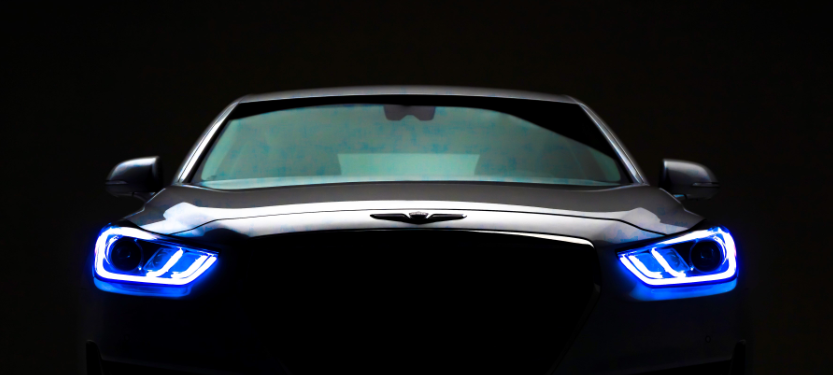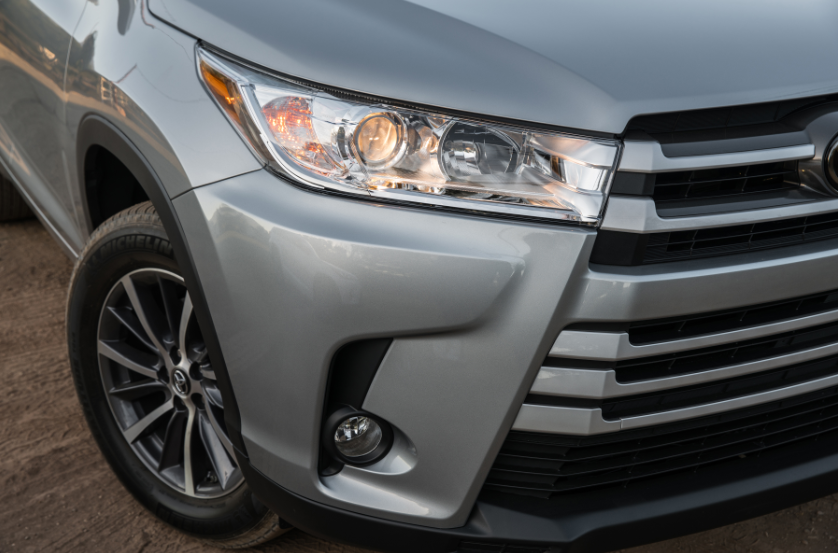Are LED Headlights Better Than Halogen Headlights?
- 2016-06-16

Are LED Headlights Better Than Halogen Headlights?
One thing’s for sure: LED headlights are better-looking than regular headlights. We’ll discuss the details below, but because of their tiny size, individual LEDs can be arranged in some pretty dramatic shapes, and they’re becoming an increasingly important part of a vehicle’s exterior design language. Indeed, LED taillights, daytime running lights and brake lights can already be found in some of the market’s most affordable cars. Moreover, if the premium brands are any evidence, LED headlights will soon be available throughout the mainstream segments, too.
Yet do they really offer anything more than a fancy style cue? The answer to that isn’t quite so clear.
The LED Headlight Basics

First, let’s look at how the different types of headlights operate. Halogen headlights are still the most common, and they work much like traditional incandescent lights have worked since the start: An electric charge is passed through a filament, which heats up and produces light as a result. The halogen here is a halogen gas that allows the filament to glow brighter than in the presence of normal air.
LED lights follow the same general principle, but with the electric current sent through a small semiconductor called a diode. It’s the diode – which can be made of a variety of different elements – that emits light.
Additionally, some automakers offer xenon high-intensity discharge (HID) headlamps as another premium lighting choice. These eliminate the solid lighting source entirely and work just by running the electric current through xenon gas.
The Benefits
Now, to be sure, the advantages and disadvantages of the different lighting sources themselves are pretty well established. It’s their application in automotive headlights that’s up for some debate.

Generally speaking, halogen headlights are still by far the least expensive, while LED headlights provide major benefits in terms of brightness, efficiency and how long they can last. LED headlamps, for example, can be about 275 percent brighter than their halogen counterparts, and they create a more natural-looking light as well. LEDs also require roughly 260 percent less energy to achieve those benefits.
As far as affordability goes, there are a number of factors to take into account, including the more expensive materials and higher production costs associated with LEDs. Further, that has to be multiplied by whatever number of individual LEDs are being used to make those eye-catching headlight designs we mentioned above.
Halogen light bulbs can be replaced for less than $30 per unit, but it can take 10 times that amount, and sometimes a lot more, if you need new LEDs. Of course, barring an accident, you may never have to replace your LED headlamps at all. That’s because they can last for up to 20,000 hours , which compares to the 1,000-hour lifespan of a typical halogen headlamp.
The Real World
Until recently, that would have been the end of the story. After all, except for their price, LED headlamps would seem to have an edge over halogen lights right across the board.
But in real-world third-party evaluations, it turns out that today’s LED headlamps actually have few advantages for drivers. Consumer Reports, for instance, called them “a technology that shows little benefit in our tests.” Plenty of cars with halogen headlights also have outperformed LED-equipped vehicles in the new headlamp evaluation from the Insurance Institute for Highway Safety (IIHS).
Consider the first round of tests, from 2016. That year, the Mercedes-Benz C-Class received a Poor headlight rating with its LED setup, while the Honda Accord – with what the IIHS said was “one of the best headlight systems evaluated” – was rated as Acceptable with standard halogen headlamps. More recently, in June, premium SUVs like the Volvo XC90 garnered Marginal headlight grades using LED headlights. The Toyota Highlander’s halogen headlamps, however, were rated as Acceptable.

On the other hand, no vehicle with halogen headlights has ever earned the highest possible Good rating in these tests. The very few vehicles that have accomplished that all feature LED or HID projector-style headlamps. Projector-style configurations also were best for halogen headlamps.
Without getting too technical, a projector headlamp positions its light source so that it’s facing forward. The alternative is a reflector system in which the light source faces rearward and those reflectors redirect the light. This may seem counterintuitive, but reflector-style headlamps are available in popular vehicles like the Ford Explorer.
The Verdict
The bottom line is that LED headlights would be better than regular headlights if all other things were equal, but as indicated by the IIHS tests, those conditions seldom apply when you’re shopping for a new car. Until they do, be sure to check a vehicle’s specific headlamp ratings for more information.
Hits: 【Print】